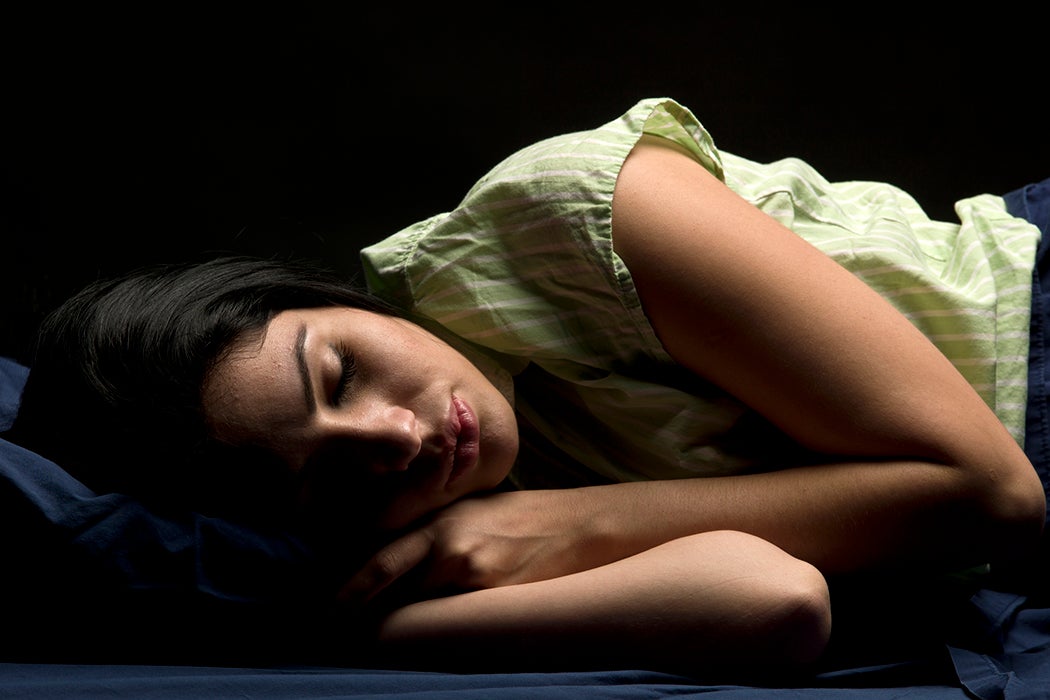A night without electric lights—not to mention glowing screens—is almost unimaginable for modern residents of wealthy nations. Looking at writings from the British Isles in the early modern era, A. Roger Ekirch reconstructs what it was like, and how the darkness affected people’s sleep patterns.
Ekirch notes that only the wealthiest families of the era would have had candles to keep their homes bright. Heading out of the house on moonless nights meant navigating by hearing, smell, and touch, and using charms to ward off evil spirits. Children learned early to be aware of the landscape around their houses “as a rabbit knows his burrow.”
Still, people found things to do after dark. Families might gather around the hearth to mend clothes and chat, or join a small crowd at a neighbor’s house to listen to a storyteller. Men might frequent the local tavern, or, in a larger town or city, the brothel.
The environment for sleep itself changed dramatically between the fifteenth and seventeenth centuries, Ekirch writes, going from straw pallets on the floor to wooden frames with pillows, sheets, blankets, and mattresses filled with rags and wool. Sixteenth-century clergyman William Harrison recalled a people in his childhood sleeping with “a good round log under their heads, instead of a bolster” and wrote that pillows “were thought meet only for women in childebed.”
Still, when beds were introduced people took to them eagerly. Quoting historian Carole Shammas, Ekrich writes that we might think of the early modern era as “The Age of the Bed.” Beds were the first and most valuable piece of furniture families acquired, accounting for a quarter of the value of a modest household. They were also often infested with bugs and shared by several people.
Still, this was far preferable to sleeping in public streets, as the urban poor might have to do, or in straw-filled barns with a dozen or more other people—the fate of some rural vagabonds.
To post-industrial people, the weirdest part of early modern sleep might be the habit of waking in the middle of the night. Ekrich argues that Europeans in this era commonly divided the nights into “first sleep” and “second sleep.” Some people used the time of wakefulness in the night to do chores or commit petty theft. But many found it a good time for contemplation, quiet conversation, or sex.
Weekly Newsletter
Ekrich suggests that this general sleeping pattern wasn’t unique to one time and place. He writes that ancient Romans and twentieth-century Nigerians in villages without electricity slept in similar ways. Even modern westerners revert to a pattern including a few hours of nighttime wakefulness when deprived of artificial light for several weeks. A researcher studying this phenomenon found that people’s hormonal balance during that nighttime waking period produced “something approaching an altered state of consciousness not unlike meditation.”
Perhaps, the foreignness of the pre-electric past goes deeper than daily habits and social conventions, reflecting biological processes that work differently in our era of unlimited light.







